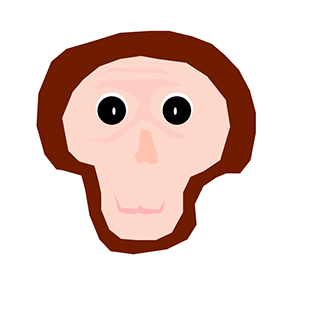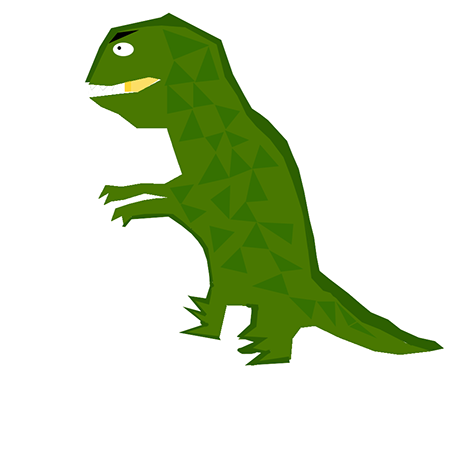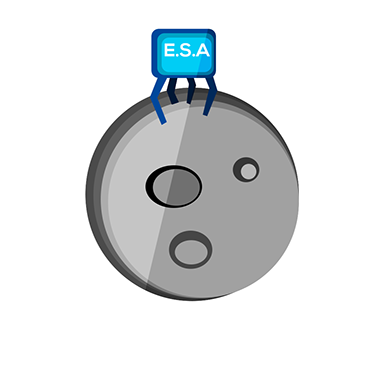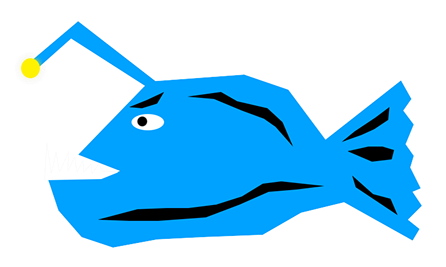




4 - 5
<
>
PHOTONe
THIS YEAR IN SCIENCE

1. Genetically engineered Monkeys:
On 30th January, researchers in a Chinese institute announced the creation of the first genetically modified monkeys, using a revolutionary new method. Many believe this can potentially help cure diseases such as Alzheimer’s.

2. Sensory Feedback Restoration:
On 5th February, researchers in Italy managed to restore the sense of touch in an amputee through a prosthetic, which they wired into the sensory nerves in his upper arm. This may be the first case of real-time sensory feedback restoration.
3. Kepler 186f:
On 17th April, NASA’s Kepler spacecraft detected an exoplanet orbiting a red-dwarf about 500 lightyears from the Earth. This ex- oplanet, now named Kepler 186f, is the first to have a radius and mass similar to the Earth, and be present within a habitable dis- tance of a star, making it a viable candidate for supporting life.


4. Titanosaur:
On May 18th, Palaeontologists in Argentina discovered the bones of a ‘Titanosaur’, now though to be the largest animal to ever have walked the Earth. The Titanosaur is estimated to have weighed near 100 metric tons.


5. Mangalyaan:
On 24th September, ISRO placed a craft in orbit around Mars, making it the fourth Space Agency to do so. ISRO however, managed to get it right in the first attempt, unlike it’s predecessors, and with a much smaller budget.

6. First Probe on comet landing:
On 14th November, the European Space Agen- cy managed to execute a soft landing onto a comet for the first time in history. The Philae Lander, a part of their Rosetta orbiter confirmed landing on the comet 67P at 16:03, GMT.
7. First ever recorded footage of female anglerfish:
On 17th November, researchers at the Monterey Bay Aquarium Research Institute in California, for the very first time, captured the female Black Sea-devil anglerfish on camera in it’s natural habitat. They did so using a remotely controlled submarine.

ONe
ISSUE XVII